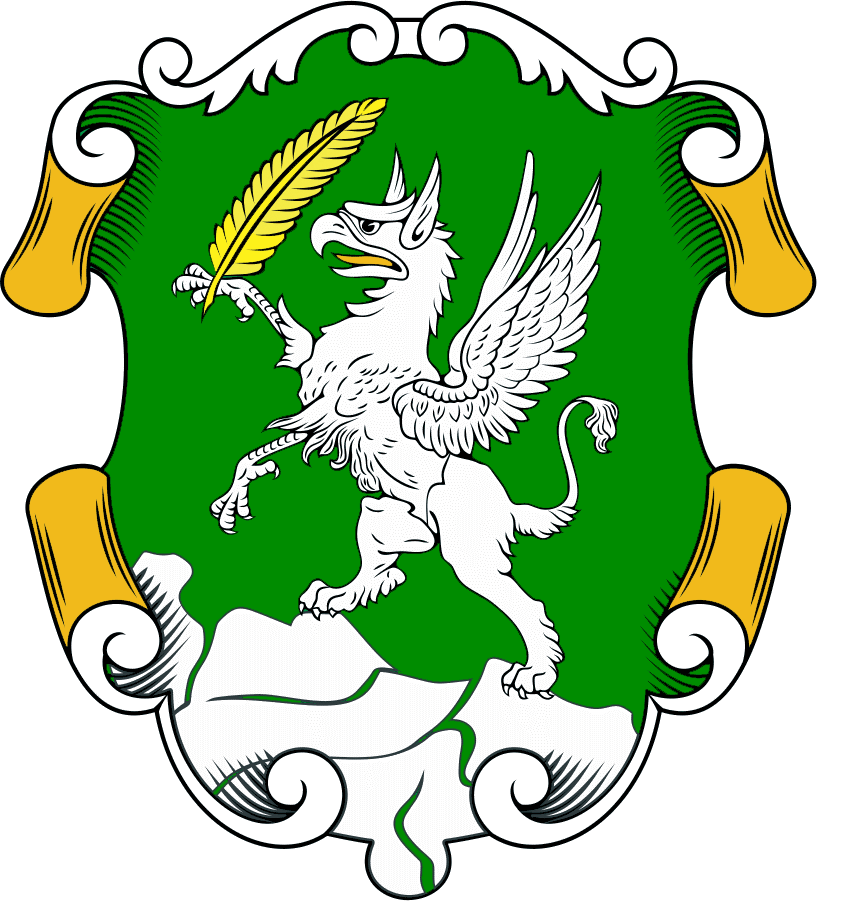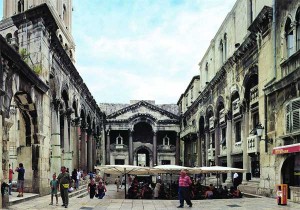
Roman Emperor’s palace in Croatia cleaned in a ten-year project

Conservators in Croatia have completed a ten-year project to remove more than 1,700 years of grime from the courtyard of the palace of the Roman Emperor Diocletian (AD244-311), in the coastal city of Split. Lasers were used as the primary method to clean the peristyle of the fourth-century imperial residence—an innovative technique that is normally reserved for cleaning individual sculptures or details of larger architectural elements, as opposed to whole structures. According to the architect Goran Niksic, who works for the city, this is the first time lasers have been used on this scale in Croatia to clean stone.
The peristyle was covered not only in soot, but also in cement dust from a nearby plant that was active in the late 19th and the first half of the 20th centuries. In some parts, the build-up of grime was up to a centimetre thick. The late Antique palace boasts a mix of Western and Oriental architectural styles and inspired many later architects, including the Neoclassicist Robert Adams. “You couldn’t read the architecture or the decoration because of the large patches of soot,” Niksic says, comparing the structure’s appearance to looking at a photographic negative. “It was thick and very difficult to remove, so we opted to use lasers to clean the stone. Normally, lasers are just used for small details; I don’t know anywhere else in Europe where this has been done,” he says. Niksic stresses that “the enemy was the dirt deposit” and that one of the reasons they chose laser treatment was that it “is the only technique that will not touch the [stones’] original patina”.
The full extent of the damage to the stone was only revealed after the layer of black crust was removed; salt crystallisation meant that the stone had begun to decay. A team of chemists, restorers, engineers, architects and archaeologists was brought in to come up with the best method to stabilise the stone. Experts from Florence’s Opificio delle Pietre Dure conservation centre also consulted on the project.
Aside from the obvious benefit to the aesthetics and the preservation of Diocletian’s palace, the project also contributed to the advancement of stone conservation within the country by training a whole new generation of stone conservators. “The project greatly strengthened the region’s stone conservation skills… one of the most important aspects of the project was the training,” Niksic says.
Diocletian’s palace before and after
The project, which was led by the Croatian Conservation Institute and cost between €4.5m and €5m, was funded by the World Monuments Fund, the City of Split and the Croatian ministry of culture. Niksic sees the initial money from the non-governmental fund as “critical” because “it helped get things going” and raised the profile of the project. A maintenance plan is also part of the restoration-conservation project. “In this part of the world, you complete a big project and then forget about it. But regular maintenance is the key to good conservation,” he says.
Source: theartnewspaper.com







